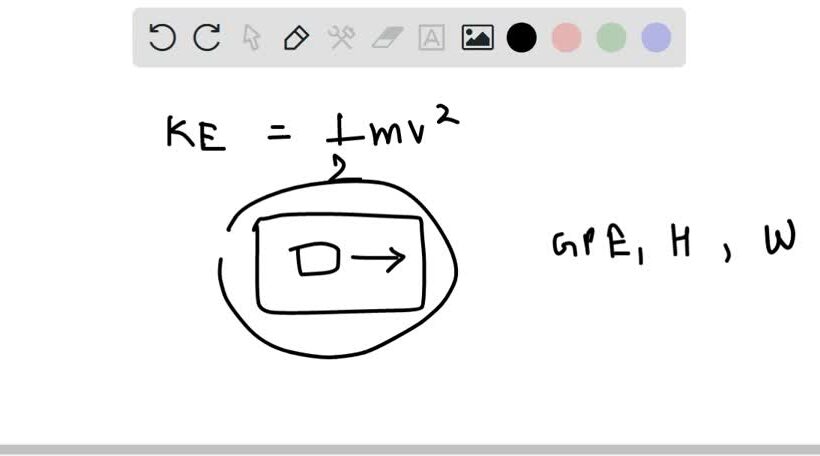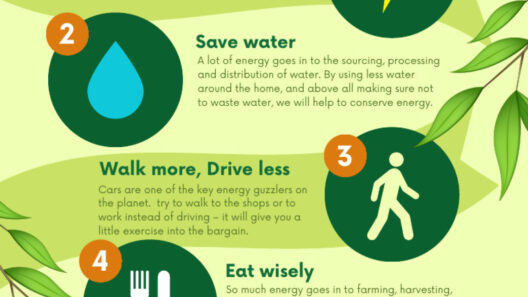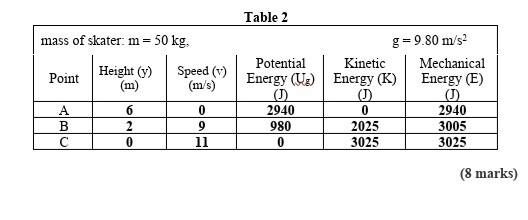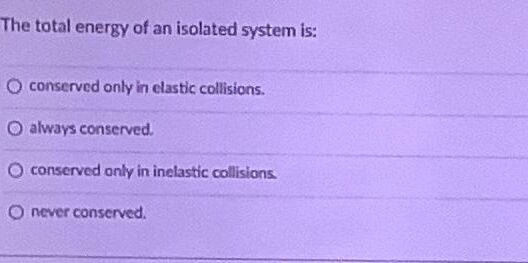The concept of energy conservation within a system is a fundamental principle of physics, particularly when examining systems under pressure. What does it mean for energy to be conserved? How does the application of pressure affect this conservation? These questions open a dialogue that refines our understanding of energy dynamics, revealing a realm where conventional knowledge is challenged and curiosity sparked.
To begin, let us define what constitutes a “system” in the realm of physics. A system can be any defined group of interacting components, whether they be macroscopic objects like engines or microscopic entities like particles in a gas. When examining the energy within these systems, it is vital to recognize the conservation of energy principle: energy cannot be created or destroyed but can only change forms. This immutable truth lays the groundwork for our exploration.
Now, as we delve into systems under pressure, the notion of energy conservation takes on intricate dimensions. Pressure, a determinant of force exerted per unit area, plays a critical role in dictating the behavior and interactions of materials. In a confined space, the introduction of pressure alters the potential and kinetic energies of a system, provoking a multitude of reactions that merit scrutiny.
One illustrative example can be taken from thermodynamics. In a gas contained within a sealed chamber, applying pressure effectively compresses the gas molecules, forcing them into closer proximity. This maneuver results in a significant increase in temperature, as the kinetic energy of the molecules escalates due to the reduced volume and heightened collisions. Herein lies a critical observation: while energy in the form of potential energy is converted into thermal energy, the overall energy within the system remains conserved, albeit transformed. The principle of conservation prevails, demonstrating adaptability in energy manifestation.
However, systems under pressure can also give rise to phenomena such as phase transitions, where energy shifts between solid, liquid, and gaseous states, still abiding by the law of conservation. For example, consider the process of melting ice under increased pressure. As pressure is applied, the melting point of ice decreases, allowing it to transition into liquid water at lower temperatures. This conversion illustrates the nuanced interplay between pressure and energy forms, reinforcing the premise that energy conservation is steadfast even amid transformation.
In addition to thermodynamic scenarios, various mechanical systems exhibit compelling characteristics related to energy conservation under pressure. Consider hydraulic machines, which operate on the principle of Pascal’s Law. By applying a minimal force to a confined fluid, a disproportionately larger force can be generated elsewhere in the system. Here, the potential energy imbued by the pressure becomes an essential agent in converting and amplifying energy, thereby preserving the total energy throughout the process.
Cogitating upon these systems invites inquisitiveness. What happens when we exceed a certain threshold of pressure? Under extreme conditions, energy dissipation may occur in the form of irreversible processes. These circumstances can lead to situations such as material failure or the generation of shock waves, indicating that while the overall energy is conserved, its usable form may irrevocably change. For scientists and researchers, this distinction calls for rigorous investigation into the limits of energy conservation under extreme conditions. What we learn can redefine our approaches to material science, engineering, and environmental considerations.
The confluence of pressure and energy conservation also extends to discussions surrounding the ecological ramifications of energy usage. In the pursuit of sustainable systems, insights gleaned from understanding energy within high-pressure environments can inform innovative energy solutions. For example, hydraulic fracturing, commonly known as fracking, is a process that employs pressure to release natural gas trapped in rock formations. Though it showcases remarkable efficiency, the environmental costs beg a critical evaluation of how we interpret and apply the principles of energy conservation today.
Moreover, the transition toward renewable energy sources encourages a reevaluation of our relationship with energy conservation. Wind turbines and solar panels operate on principles that can deserve scrutiny largely absent in traditional fossil fuel paradigms. Here, an exploration of energy management could benefit from an understanding of dynamic systems under pressure, steering toward enhanced efficacy in energy capture and utilization. Knowledge derived from systems governed by pressure dynamics can prove pivotal in reimagining the landscape of future energy technologies.
In conclusion, the inquiry into whether energy is conserved in a system under pressure reveals multitudes regarding both theoretical and practical applications. Conservation laws remain unshakable, yet the manifestations of energy are colored by the interactions of pressure and environmental conditions. This nuanced understanding not only enriches our grasp of the physical world but also calls upon each of us to reconsider our approaches to energy consumption and conservation.
By cultivating awareness and appreciation for these principles, we can better navigate the complexities of energy in our increasingly pressured world. The journey of exploring energy conservation principles could lead us toward innovative solutions and a more sustainable future. Engage with these concepts, as they hold the potential to reshape our perspectives and inform sustainable practices in a world where every joule truly counts.








